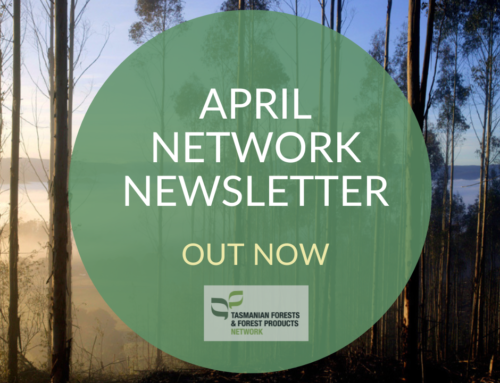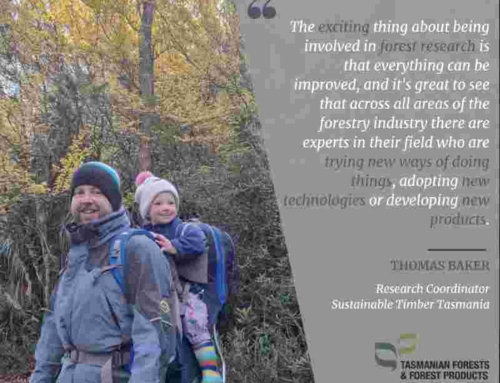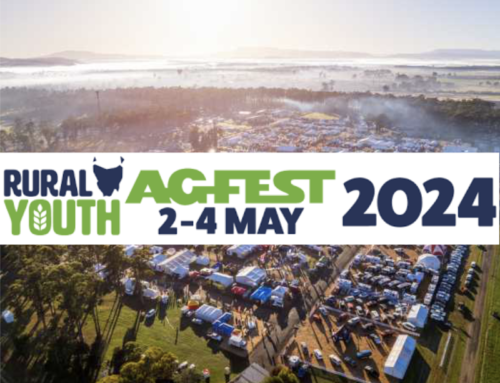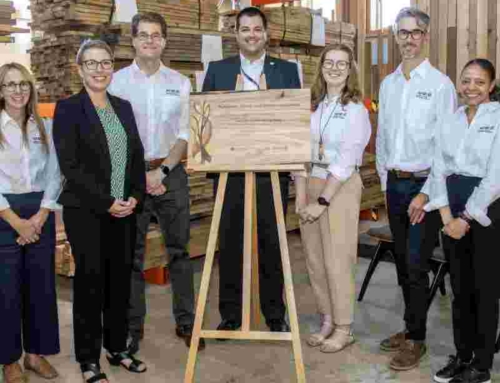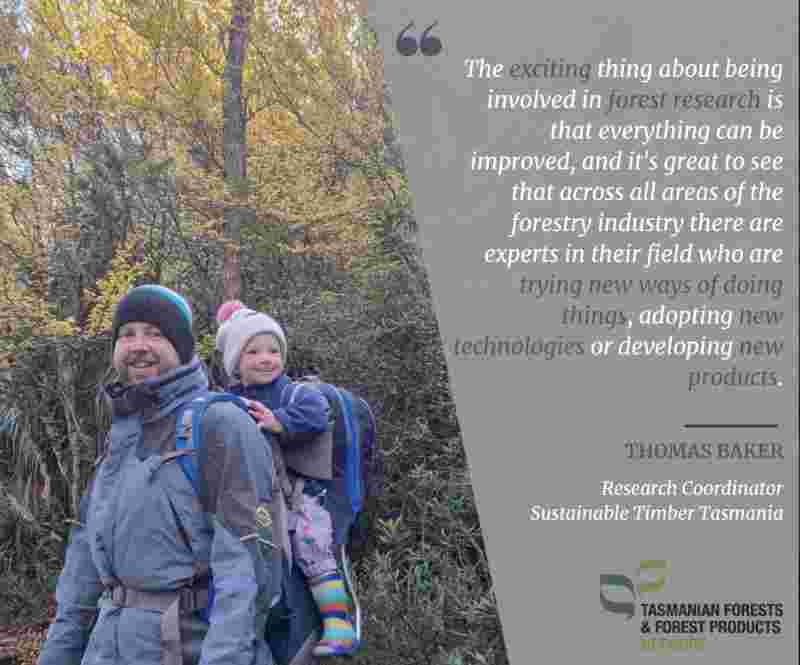Fire detection AI technology key to Forest Watch
Tasmania is set to continue to benefit from the rollout of new fire detection technology which will help reduce the spread of major bushfires, safeguarding valuable plantation assets and even local communities.
After a successful two year trial, leading Tasmanian plantation management company SFM has partnered with Working On Fire, a global business that delivers integrated fire management services to install new cameras in southern Tasmania. The cameras will cover the SFM managed 18,500Ha Lenah Estate in the Derwent Valley and protect approximately $100 million of forest assets.
The camera system, aptly named Forest Watch, is AI and machine learning technology that uses smoke detection cameras across 360-degree views, capturing and comparing images every 90 seconds to detect smoke and fire in dense plantation areas.
SFM Managing Director Andrew Morgan (pictured right with SFM Director, David Wise) said that with a helicopter on standby as well as the advanced camera system the company could have water deployed at a detected ignition site in just over 20 minutes.
“During the trials, small fires the size of hay bales were detected up to 25km from the camera sites across private and public land,” Mr Morgan said.
“On a bad fire weather day every minute counts to contain a fire event, to not only minimise the economic impact to the valuable plantation resource but also biodiversity and communities.”
With a detection accuracy of up to 99.8 per cent, Forest Watch monitors around the clock, sharing fire detection information with fire fighting agencies to better inform and protect communities, national parks and other forestry reserves.
Working On Fire’s Mark Zoethout said as Australia continued to experience unprecedented events such as catastrophic bushfires and floods, we needed technology that could help mitigate such challenges.
“These cameras, supported by Artificial Intelligence allow private industry, state and territory, and federal governments to deliver a 360-event mitigation promise,” he said.
“After the recent concurrent fires and floods, people are looking for assurance in their lives that properties and businesses are being protected – not just seasonally, but every day and every night.”
Climate Impacts Group, CSIRO Atmospheric Research and the Australian Government Bureau of Meteorology estimated that by 2050 the frequency of extreme fire danger would increase by 15-70 per cent across south-east Australia.

